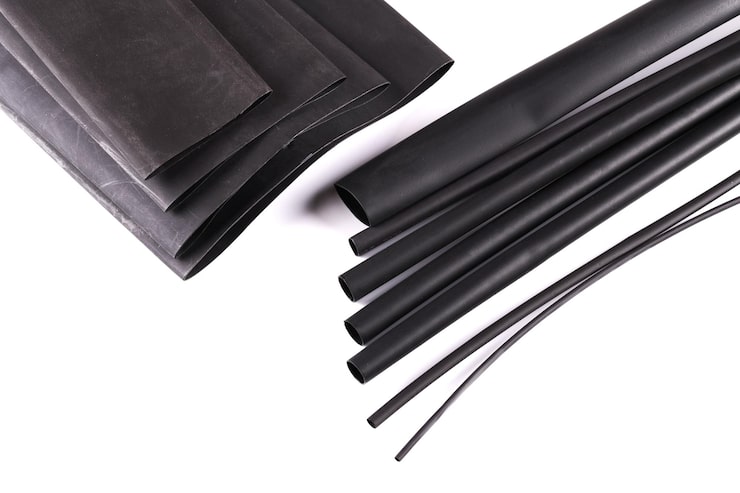Understanding how to apply Pebax heat shrink tubing is essential for professionals working in industries such as electronics, medical devices, automotive, and telecommunications. Pebax heat shrink tubing is a specialized polymer tubing known for its exceptional flexibility, chemical resistance, and durability. Its unique properties make it an ideal solution for insulation, strain relief, and protection of cables and delicate components. Proper application ensures optimal performance and longevity of the tubing in demanding environments.
The first step in learning how to apply Pebax heat shrink tubing is to recognize its material characteristics. Pebax is a block copolymer that combines soft polyether segments with hard polyamide segments, providing an excellent balance of elasticity, toughness, and resistance to temperature extremes. This means the tubing can shrink effectively when heated while maintaining mechanical strength and flexibility after shrinking. These features make it superior to traditional heat shrink materials, especially where repeated bending or chemical exposure occurs.

Before beginning the application process, preparation is crucial. Ensure the components or cables to be covered are clean, dry, and free of oils or contaminants. This preparation facilitates better adhesion and uniform shrinkage. Cut the Pebax tubing to the required length, allowing enough excess on each end to provide a secure seal and full coverage of the targeted area. Accurate measurement and cutting prevent waste and ensure a professional finish.
The core of the application process involves the use of controlled heat to shrink the Pebax tubing. Heat sources such as hot air guns, heat tunnels, or infrared heaters are commonly used, with the choice depending on the production scale and precision requirements. The temperature typically ranges from 120°C to 160°C, though exact parameters depend on the specific Pebax formulation. Applying heat evenly around the tubing is vital to avoid overheating, which can cause material degradation, or underheating, which results in incomplete shrinking and poor adhesion.
During heating, the Pebax tubing contracts radially and longitudinally, tightly conforming to the underlying substrate. This shrinkage provides excellent insulation and mechanical protection while maintaining the flexibility that Pebax materials are known for. It is important to monitor the process carefully; overheating may lead to excessive brittleness, while insufficient heating can compromise the protective qualities.
In some applications, especially in medical or electronics sectors, Pebax heat shrink tubing may be coated internally with adhesive. This adhesive melts during heating, creating a strong bond with the substrate, improving seal integrity and moisture resistance. When working with adhesive-lined Pebax tubing, it is essential to follow the manufacturer’s instructions precisely to achieve the best results.
Post-application inspection is a key part of the process. Check for uniform shrinkage, absence of wrinkles or bubbles, and full coverage of the substrate. Properly applied Pebax heat shrink tubing should exhibit a smooth, consistent appearance and maintain flexibility without cracking or peeling. Any defects may indicate issues in preparation, heating, or material quality.
Beyond the basic application, understanding the advantages of Pebax heat shrink tubing helps justify its selection for high-performance needs. Its resistance to chemicals, abrasion, and UV radiation ensures durability in harsh environments. The tubing also excels in environments requiring sterilization or repeated flexing, making it a preferred choice in medical device manufacturing.
In industrial settings, automated application systems can enhance consistency and throughput when working with Pebax heat shrink tubing. These systems integrate precise heating controls and positioning mechanisms, reducing human error and increasing production efficiency. However, manual application remains common in smaller-scale operations or prototypes, where attention to detail and operator skill are paramount.
Maintenance and storage of Pebax heat shrink tubing also affect application success. Store the tubing in a cool, dry environment away from direct sunlight and sources of contamination. Proper storage preserves material properties and prevents premature aging or contamination that could affect shrinking performance.
In summary, how to apply Pebax heat shrink tubing involves understanding the material’s unique properties, preparing the substrate properly, applying controlled heat evenly, and inspecting the final application for quality. Mastery of these steps ensures that the tubing delivers its intended protective, insulating, and mechanical functions effectively. By following best practices and manufacturer guidelines, users can leverage the full benefits of Pebax heat shrink tubing, achieving durable, high-quality results in a wide range of demanding applications.


